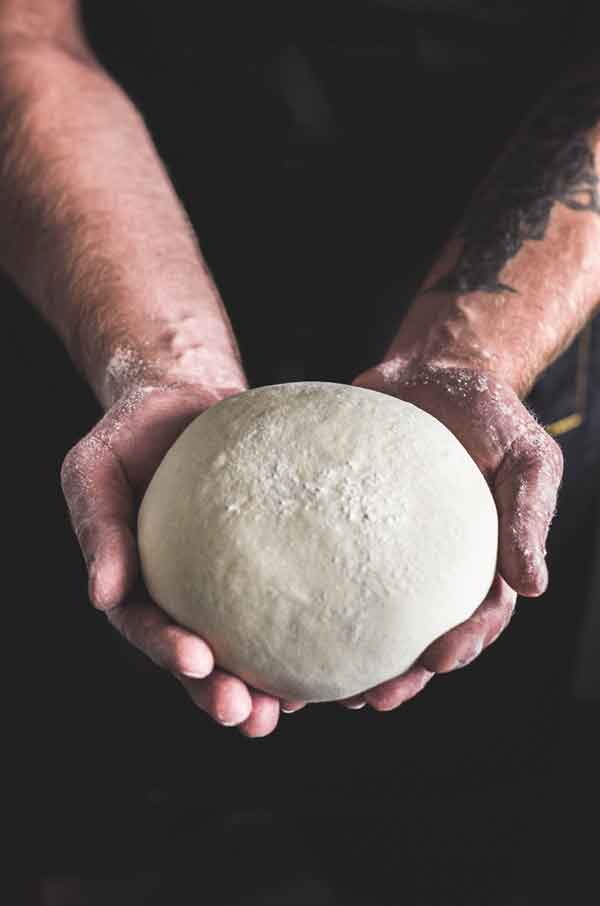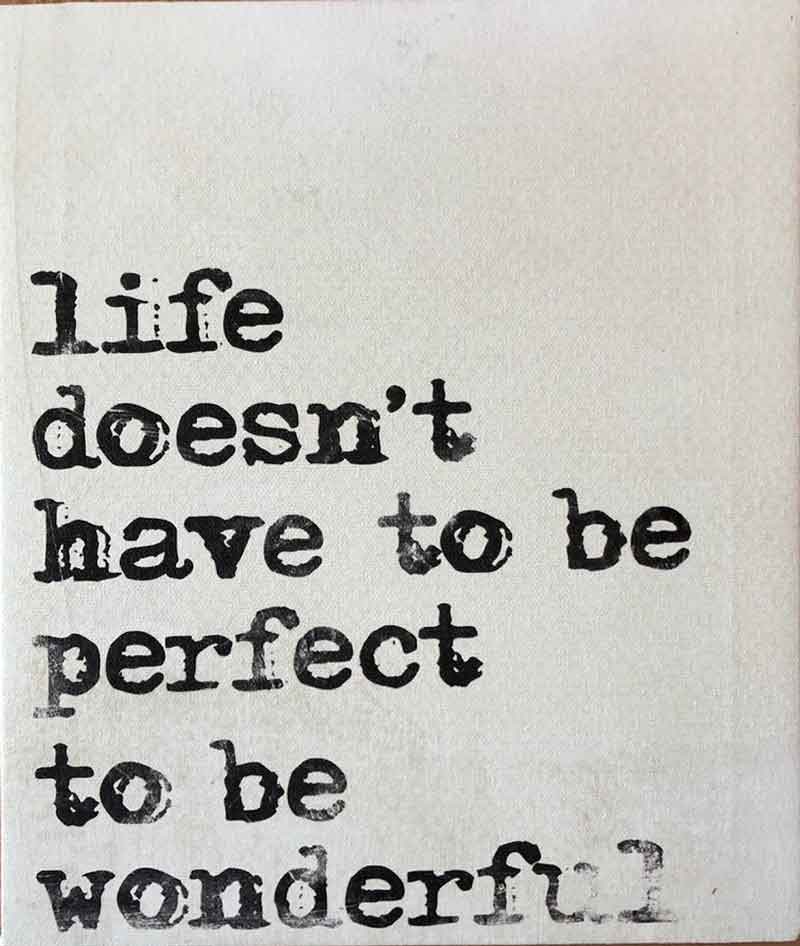Even before the pandemic, stress, anxiety & loneliness were at an all-time high. Now, we’re in a time of added emotional challenge — what can we do to reduce stress, calm anxiety, and connect with one another? First some neuroscience about stress, Zoom fatigue, and relationships. Then a “baker’s dozen” (13) tips for wellbeing.
In crisis, ourbrains are on high alert. According to anABC poll, 77% of Americans say their lives have been disrupted by the virus, 70% are highly stressed, 92% expect a recession.In another report, within the first few months of the pandemic loneliness increased by 20 to 30 percent, and emotional distress tripled.
An additional by-product of Covid-19 has beenZoom fatigue. I wonder how many of you are suffering and are unaware of the fact? We, as human beings, have developed a visceral comprehension of what neuroscientists are now aware:

Our bodies, for example, are essentially polygraph machines. We are constantly monitoring our surroundings to keep us out of danger. Without thinking about it, we pick up nonverbal clues that tell us whether the person with whom we are interacting is friend or foe. Zoom makes it virtually impossible for the normal process to take place. We can look in the camera so others can see our eyes or we can look at others fornonverbal clues. On Zoom we cannot do both at the same time. There is a time lag.
We are out of sync.
This is a significant loss because appropriate eye contact sends this message. “I am focused on you—and my communication channels are open (eyes and ears) and I am ready to interact!”
Because these social signals cannot be delivered normally, the brain is confused, unsure, in therefore adopts a heightened sense of readiness called stress.This entire process is involuntary. On Zoom we are locked into a defensive mode of operation. In support of this hypothesis, a recent匹兹堡大学的研究found that the more people use social media the more likely they are to feel isolated.
Rising stress:
Understanding
how stress works
in our brains
gives us the clues
to reduce anxiety.
Undoubtedly, we are feeling morestressthan we were two months ago. I know that I am.
Stress is a fascinating phenomenon. It is essentially the brain’s response to any demand. How harmful depends on the intensity of the stress, the duration of the stress, and whether or not we do anything to combat it.
Stress results from:
- an argument;
- uncertainty about what’s ahead;
- losing your job;
- illness — whether as simple as a cold or as complicated as Hodgkin’s Lymphoma;
- too much homework;
- negative feedback from a teacher or boss;
- an unemployed family member;
- trying to decide what to fix for dinner;
- preparing and giving speech; and
- the list goes on—and on—and on.

Ponder for a minute and identify three to five stressors that you are currently experiencing. Have these increased for you as well?
Interestingly, stress has a more powerful impact on women vs. men. It appears to be more worrisome for Millennials and GenerationX than for Baby Boomers. Also, it is a bigger struggle for the elderly vs. young adults. Statistically speaking, 30% of adults last year reported more stress than the year before. I am sure this year’s figures will be even higher.
When stress occurs theamygdala(almond-shaped organ responsible for emotional processing) sends a signal to thehypothalamus(which is the command center of the brain; it acts like a traffic control cop). This traffic control cop tells us tofight orflee or in some cases tofreeze.
ThisFFF(战斗、逃跑或冻结)响应创建一个物理ical reaction — increased heart rate; rush of adrenaline; heightened awareness; and more cortisol is pumped into the body.
While stress can actually be beneficial, if too much cortisol gets stored in the body and brain, then synapse disruption takes place. This in turn reduces the gray matter in the brain and promotes inflammation. Jill Goldstein, Harvard Medical School, reports stress makes us forgetful. Stress shrinks the brain and increases the size of the amygdala — making us even more sensitive to new stressors.
Thus begins a vicious cycle — just like theold kindergarten song: the wheels on the bus go round and round, round and round. So, slow down the bus! Put the brakes on – stop the bus!
What are
the best ways
to reduce
stress and anxiety?
Research (according to Yale University) indicates that the plasticity of the brain allows it to mold and rebuild afflicted areas. In other words, you can reverse the damage. Because stress hits the prefrontal cortex, the area of the brain responsible for learning, it is crucial that we discover ways to combat stress. I know I do not want my brain shrinking from the stress presented naturally and normally on a daily basis.
I have generated13 ideas –a baker’s dozen— for fighting stress:
Keep a gratitude journal; spend a minimum of two (2) minutes a day writing down the items for which you are grateful; it might be as simple as the gorgeousfuchsia-colored bougainvillea bushat your front door or as significant as the announcement that your grand-niece is pregnant; according to John Medina, a favorite neuroscientist of mine, just two minutes a day will do two things: increase your optimism and reduce your visits to the doctor. Yea!!!
Find a cheerleader for yourself; someone who is naturally sunny and upbeat; ask them to send you encouraging, positive messages; my sister, Tami, does this for me.
Find something amazing to simulate your wonder and awe; it could be the stars or the baywood tree in your neighborhood park with its multiple branches just begging to be climbed; or, take avirtual reality trip down the Grand Canyonor a virtual trip to the Grand Tetons.
Listen to music; you might start withVerdi’s Requiem; it is inspiring; music is an emotional bullet train to the brain—so find music that can make you want to dance.
Make a new friend; locate someone who needs support; try worrying about him/her instead of yourself.
Practice empathy—donate blood, help Second Harvest pass out food boxes.
Search for something that will make you laugh; it could be a cartoon,a joke, a picture, a video—and then share it with someone else; laughter shared is multiplied.
Practice4-7-8 breathingto relax your muscles and your brain; start with a whoosh out; then breathe in to the count of 1, 2, 3, 4; then hold for a count of 7—1, 2, 3, 4, 5, 6, 7; then breathe out for a count of 8—1, 2, 3, 4, 5, 6, 7, 8.
Be nostalgic for a few minutes—rewind a happy memory; it could be your six-year-old birthday party; or, that first horseback ride; or the celebration of getting your master’s degree.
Give yourself a neck massage with a tennis ball; it is remarkably easy to do and loosens those cramped up muscles.
Exercise every day; exercise releases those endorphins; before Covid-19, Joni, a friend in South Africa, suggested I buy arebounder, which is a mini-trampoline; I do 20 minutes a day on my rebounder and an hour on my treadmill every single day; when I do not exercise, I begin to feel myself getting anxious.
Indulge in a craft; take up finger painting; all those colorful swirls will brighten your day.
Teach your brain something new—take up knitting; learn how to play the flute; discover how to say please and thank you in 10 different languages.
Pick two or three to do this very day.


Perfectionism
fuels anxiety.
So let’s change
our story.
In closing I want to share with you a canvas that hangs on my kitchen wall where I will see it everyday. It is a framed statement—printed deliberately in faded and blurred ink. It reads:
“Life does not have to be perfect to be wonderful.”
This reminder was given to me by my niece, Brandy. Her life is far from perfect. Over a decade ago, she was diagnosed with multiple sclerosis (MS), which is a debilitating and unpredictable disease that disrupts the flow of information between the brain and the body. Brandy has been confined to a wheelchair for multiple years. Through her illness, Brandy discovered a transformational secret:Perfect is an illusion.
Still in her wheelchair, she bakes pies for Thanksgiving, volunteers at a local non-profit, tells jokes, and infuses the entire family with her joy for life. I am impressed that she has been able to maintain her exercise routine. She works on her upper body strength so she can manage her wheelchair independently.
Brandy reads and likes to keep her hands busy. She knits and crochets remarkably well considering her hands shake almost constantly. At least once a year I receive a hand-knitted scarf or a crocheted pillowcase. These are gifts I treasure for they represent acts in defiance of an overwhelming challenge. It is a reminder of another credo: It does not have to be perfect to be of value.

Folks, our brains generate approximately 60,000 thoughts per day. Please choose to make at least a baker’s dozen of them happy, joyful, and fun. Remember — happiness does not arrive “ready-made”; it has to be “homemade” with personal action, dedication, and commitment.
- 87 Ways to Be Kind and Loving- June 27, 2022
- 13 Tips to Reduce Stress & Anxiety During Covid-19- April 8, 2021
- 6 Tips for Making the Best of Your Reality- October 12, 2020



Someone gave me a book Handle with Care – emotional Intelligence Activity Book and I found it so interesting. So I decided to check out your web site. Thank you this book is extremely helpful.
Thank you Maggie! That takes me back to the early days of Six Seconds. Glad it’s still out there!
Discover your worth and continue to feed your brain with happiness and acceptance.